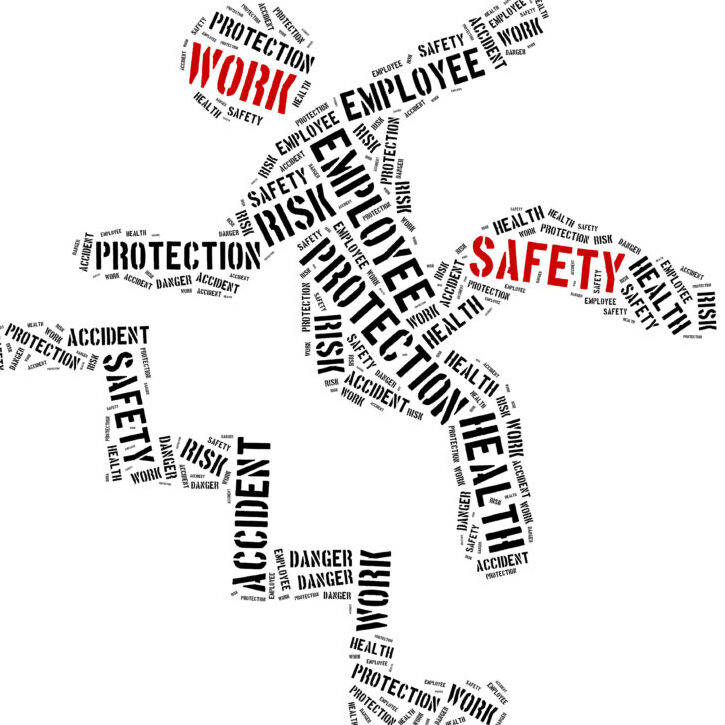
Companies fail for many reasons. We recently stumbled across an article in Entrepreneur Magazine titled “10 Reasons Why 7 Out of 10 Businesses Fail Within 10 Years.” The piece offers some valuable insight that’s applicable to all companies, even if they’ve been around longer than 10 years. Since many of the reasons listed aren’t relevant, we’re only sharing those that are common to manufacturing :
- Lack of Current Data
Failure to fully understand your target audience is one reason companies fail. What are their pain points? How are you – and your competitors – failing to address them? Are there product or service gaps your company can fill? You can conduct market surveys, focus groups, etc. to gather this vital information. If you’ve already done this, how long has it been? The manufacturing industry is always evolving and you might need more current data. When you fully understand your customers, you’re much better equipped to provide them with exactly what they need. - Not Enough Focus on Business Development
Lack of an effective sales funnel is a common reason companies fail. Think of the sales funnel as the relationship builder between your company and your customers. Email campaigns, phone calls, webinars, etc. are good tools for this. Remember that people don’t buy from companies, they buy from people. Nurturing relationships is key. Customer Relationship Management (CRM) systems, like Sharpspring, ensure companies stay connected to their customers. They also streamline processes and improve profitability. Although some CRM software can seem expensive to implement, it will more than pay for itself over time. - Lack of Clear Leadership
Lack of strategic and effective leadership can cause a company to collapse. Consistent, transparent communication is essential. Everyone in the company should be aware of the company’s goals, and all employees should feel that they are on the same team as their leaders. Business owners who continually and transparently communicate with all employees, not just their executive tier, are much more successful at achieving the culture of teamwork necessary for success. This is especially critical due to the workforce shortage.
As a business owner, you’re probably already aware of these common pitfalls. The risk is in getting so busy you don’t address them. If you don’t have the time or resources, Web Savvy Marketers can help. Contact us to learn more.








